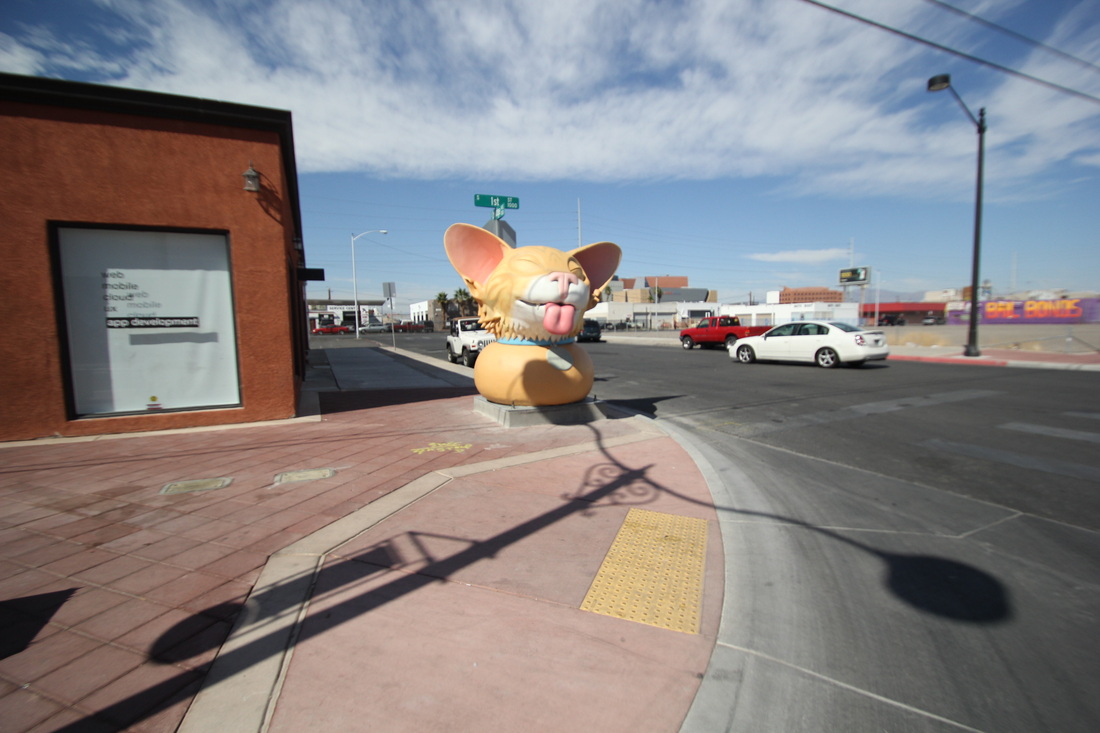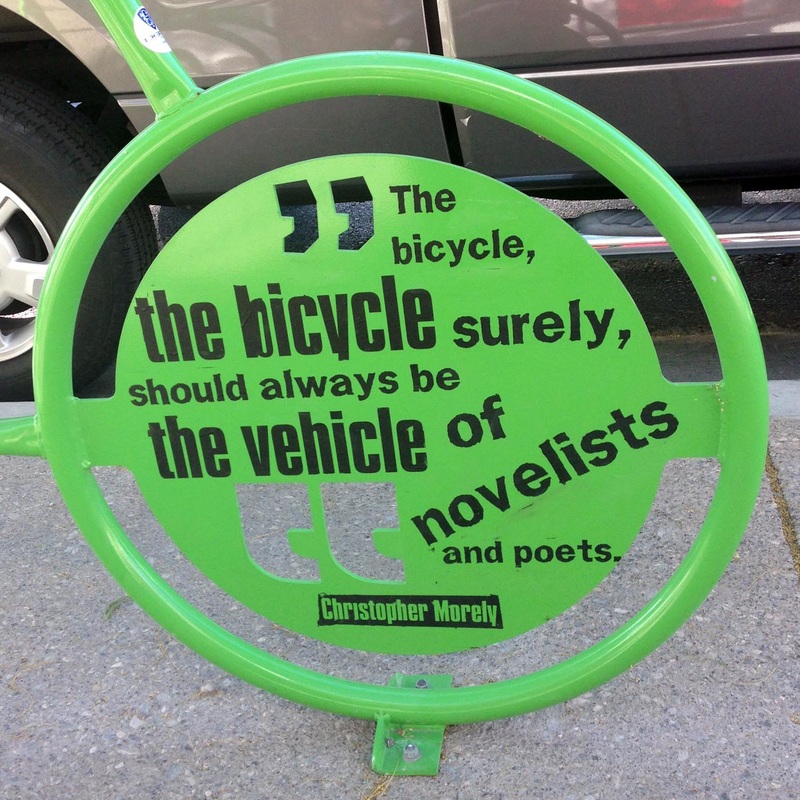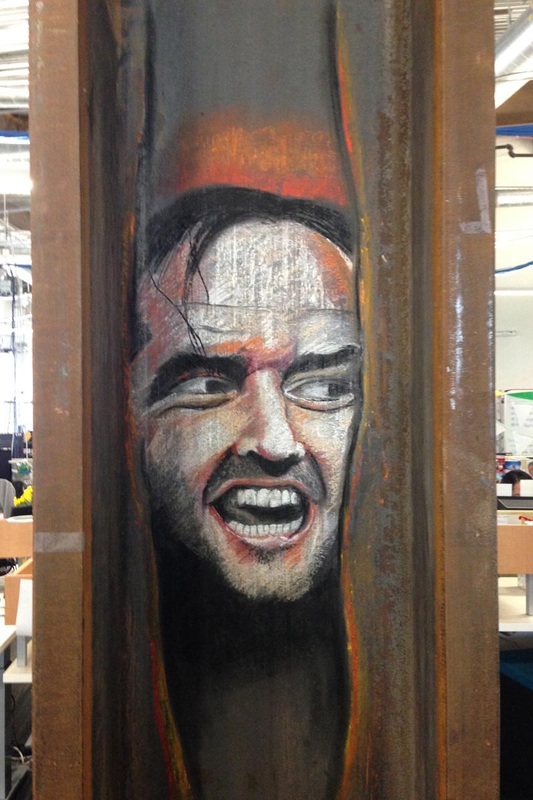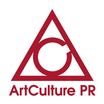|
Jesse Smigel "Snowball in Vegas” I Photo: PaintThisDesert
PIC: PaintThisDesert SOMETHING FOR HALLOWEEN: This interior version of street art randomness has Jack Nicholson, as Jack Torrance from “The Shining,” seen on an upper level floor at Zappos headquarters in downtown Las Vegas. Thanks to Brian “Paco” Alvarez, I was given a tour in areas not generally open to the public . . . Dig the Creative Vibe: Zappos’s corporate culture is supported with murals and other art on walls, many by the employees themselves. There's been murals by guest artists too. Before the end of the year, a tour of some of the murals and art on the grounds will be offered, said Alvarez. While Jack is not likely to be on the official Zappos Art Walk, there will be a lot to see.
Nevada Senator Harry Reid quietly introduced legislation to withdraw acres of federal land that cross Lincoln and Nye county lines to preserve vast valleys. It also protects a landmark piece of desert artwork not yet open to the public. The Las Vegas Review Journal reports the bill covers a 1,250-square-mile area that contains Michael Heizer's “City,” that is "roughly the size of the National Mall in Washington, D.C." It goes on: Brian O’Donnell, executive director of the Conservation Lands Foundation, said the area provides habitat for mule deer and Pronghorn antelope, and contains Native American rock shelters and ancient Shoshone and Paiute trails. The withdrawal area includes the White River Narrows, an archaeological district of native rock art. Heizer’s best known monumental earth art may be the deep desert trenches of “Double Negative." The March migration of boulder from a quarry near Riverside, Calif., to the Los Angeles County Museum of Art, where it became the installation "Levitated Mass," bringing earth art directly to the public. “City” is Heizer’s lifelong project on private land he acquired about 160 miles northwest of Las Vegas, and about 55 miles west of Pioche. A mile and a half long and 900 feet wide, it comprises five major segments and numerous complexes within each one, made mostly of earth, rocks and concrete and inspired by Native American mound builders and ancient cities of South and Central America. An art critic once described it as “geometric depressions, mounds and plazas linked by unpaved roads.” Reid introduced the bill on September 16 and was the only listed sponsor, reports the Las Vegas Sun. In 2005, New York Times Magazine profiled Heizer as "Arts Last Lonely Cowboy" behind "City" and wrote: But picture a sculpture the size of the Washington Mall, nearly from the steps of the Capitol to the Washington Monument, swallowing many of the museums on either side. That's how big it is. Only once you're inside do you see all the mounds, pits, passageways, plazas, ramps and terraced dirt, most of the sculpture having been dug below ground level, masked from outside by berms. The shapes echo the mountains. ''I'm not selling the view,'' Heizer contradicts when I mention this. ''You can't even see the landscape unless you're standing at the edge of the sculpture.'' True. Even so, the echoes are plain as day. |
An Online Arts Journal
Exhibition:
February 2 – March 31, 2019 Artist Reception and Gallery Talk: Sunday, February 10, 2019, 4 p.m.–7 p.m. S P O N S O R
ARCHIVES
January 2019
TAGS
All
|






